BRAVO! Why Were Children Put To Work During The Industrial Revolution
Industrialization attracted workers and their families from farms and rural areas into urban areas and factory work. The right of parents to take advantage of the productive capacity of their children was long recognized both in the United States and abroad.
In factories coal mines and other industrial workplaces workers put in long hours in miserable and dangerous conditions.

Why were children put to work during the industrial revolution. Children under the age of 9 cant work. They had long and inflexible work hours. Profound economic changes took place in Great Britain in the century after 1750.
Perhaps one of the worst features of this new industrial age was the use of child labour. Check other facts about child labor during the industrial revolution below. Interesting Facts about Child Labor during the Industrial Revolution Children who worked often received little or no education.
Learn vocabulary terms and more with flashcards games and other study tools. Machinery often ran so quickly that little fingers arms and legs could easily get caught. Fathers were away for work some died some left.
Families Were Forced To Focus on Factory Work The dawn of industrialization came alongside inventions such as the coal-powered steam engine and the pace of work increased as a result. The children were expected to work in the production factories due to the low. Explain why mothers became the center of the home during the Industrial Revolution and how that impacted the attitudes of many children towards work.
To add to these dangers people were required to work incredibly long hours often through the night. Very young children worked extremely long hours and. Women and Children during the Industrial Revolution.
The conditions that children worked under during the Industrial Revolution were morbid. The infant mortality rates were decreased even though the chances of surviving childhood were not improved. There is considerable debate as to the novelty of child labor during the Industrial Revolution and whether it was dramatically different in the factories and mines than it had been on farms and in homes.
Made it illegal to make children work more than 12 hours in cotton mills. In particular the Industrial Revolution impacted the lives of working class people and the children of industrial societies. According to many studies these hours ranged from 14 hours a day or 70 hours per week.
Child labor in textile mills during the Industrial Revolution was not good for Great Britain in the 19th Century. Factories employing children were often very dangerous places leading to injuries and even deaths. Life for Women and Children during the Industrial Revolution was quite different to the way they can live today.
William Blackstone an 18th-century English jurist noted that a child is the property of his father. During the Industrial Revolution a vast majority of the working children were subject to very long work hours under harsh and dangerous conditions. Beyond the equipment the environment was a threat to children as well as factories put out fumes and toxins.
During the industrial revolution you were born into a class. If your parents were poor you were born poor. The Industrial Revolution was a major event in world history and had a profound effect on societies around the world.
Child labor was a common feature in industrial societies as children as young as four years old were often employed in the factories. 106 The toil of children during the Industrial Revolution was consistent with this belief. Over time as real wages rose parents became able to afford to send their children to school instead of work and as a result child labour declined both before and after legislation.
The children employed in the mills were abused and unsafe at work due to the awful working conditions and were significantly underpaid. This was the age of the Industrial Revolution complete with a cascade of technical innovations a vast increase in production a renaissance of world trade and rapid growth of urban populations. It made it illegal for children under the age of 9 to work.
In order to survive the families had to have every able member of the family go to work including the children. Child labor hurt the working adults as it stole jobs from them and forced their children to work. Facts about Child Labor during the Industrial Revolution 1.
It was only so long before there was parliamentary interference in order to avoid situations like that of Hannah Brown. Children wanted to help provide for their families wanted to help their mothers 2. The Industrial Revolution brought not only new job opportunities but new laborers to the workforce.
Berg 1986 Pinchbeck 1930 and Wallace 2010 claim that the nature of child labor did not change by demonstrating that. Factory workers also recieved little pay so that didnt help either. In particular child labor was rife during the American Industrial Revolution 1820-1870.
Child Labour Factory Acts. Sometimes children workers were orphans who had little choice but to work for food. This page looks at some of the things that women and children were expected to do during the industrial revolution and provides source material to show what people thought of this at the time.
Start studying Industrial Revolution. Why were children so useful in industries. As early as 1798 cotton mill owners in New England used children aged 7-12 to work around 12 hours a day.
Child Labor and the British Industrial Revolution. By 1900 18 percent of all American workers were under the age of 16. Britain passed one of the first child labor laws in 1833.
Employers are required to have an age certificate for any working children. In factories and mines children were often preferred as employees because owners viewed them as more manageable cheaper and less. During the Industrial Revolution many of these children moved from farm work to factory work.
Children cannot work during the nighttime. Children worked in factories during the late 1800s during the Industrial Revolution. Children the age of 9-13 arent allowed to work more than 9 hours a day.
In 1833 a Factory Act was passed to improve conditions for children working in factories. Use a specific example to support your case.

Child Labor Laws Definition Industrial Revolution History
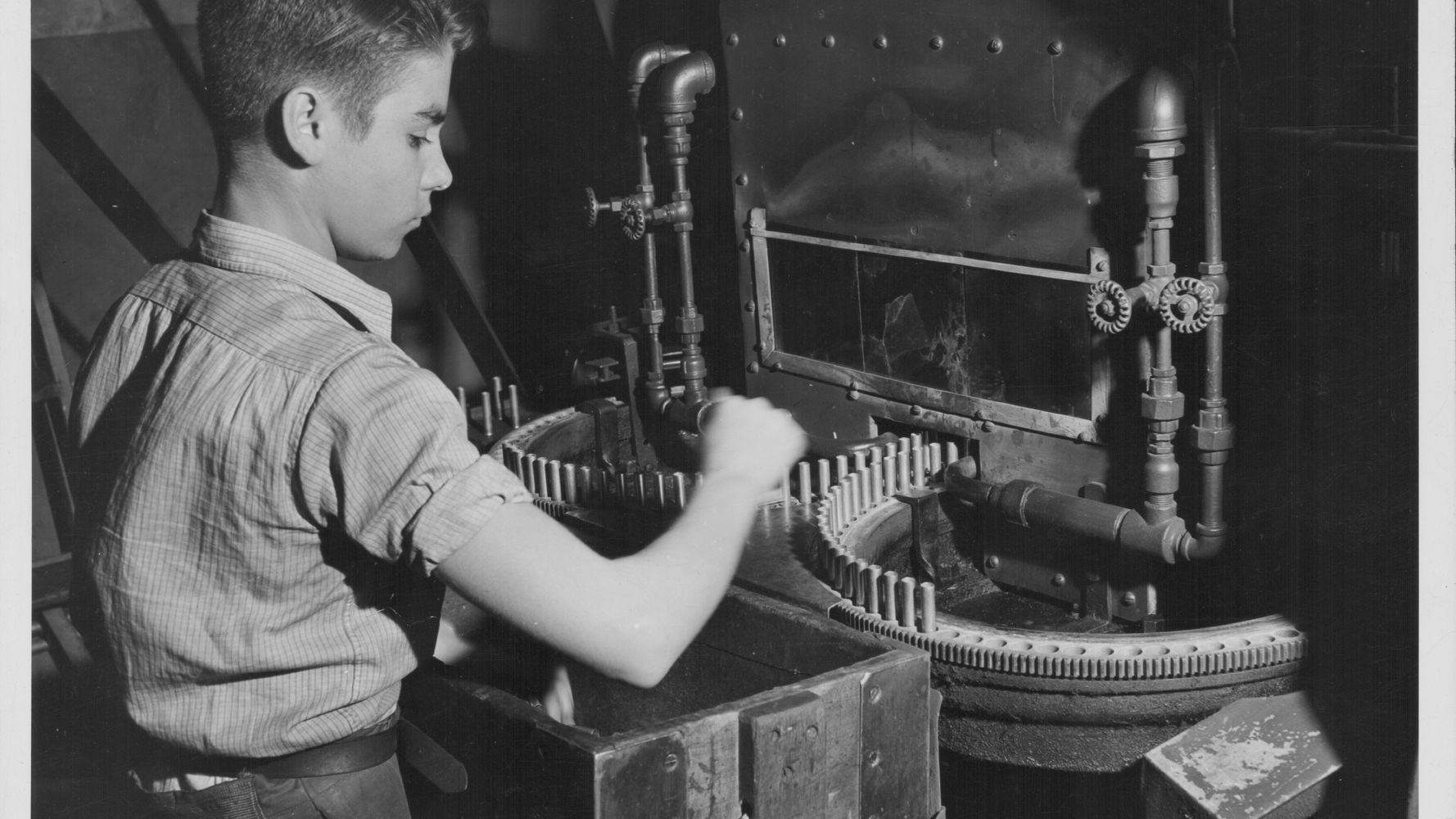
Horrible Jobs Kids Have Been Forced To Do Throughout History Huffpost Australia News

Read Child Labor Article Khan Academy

Child Labor During The Industrial Revolution
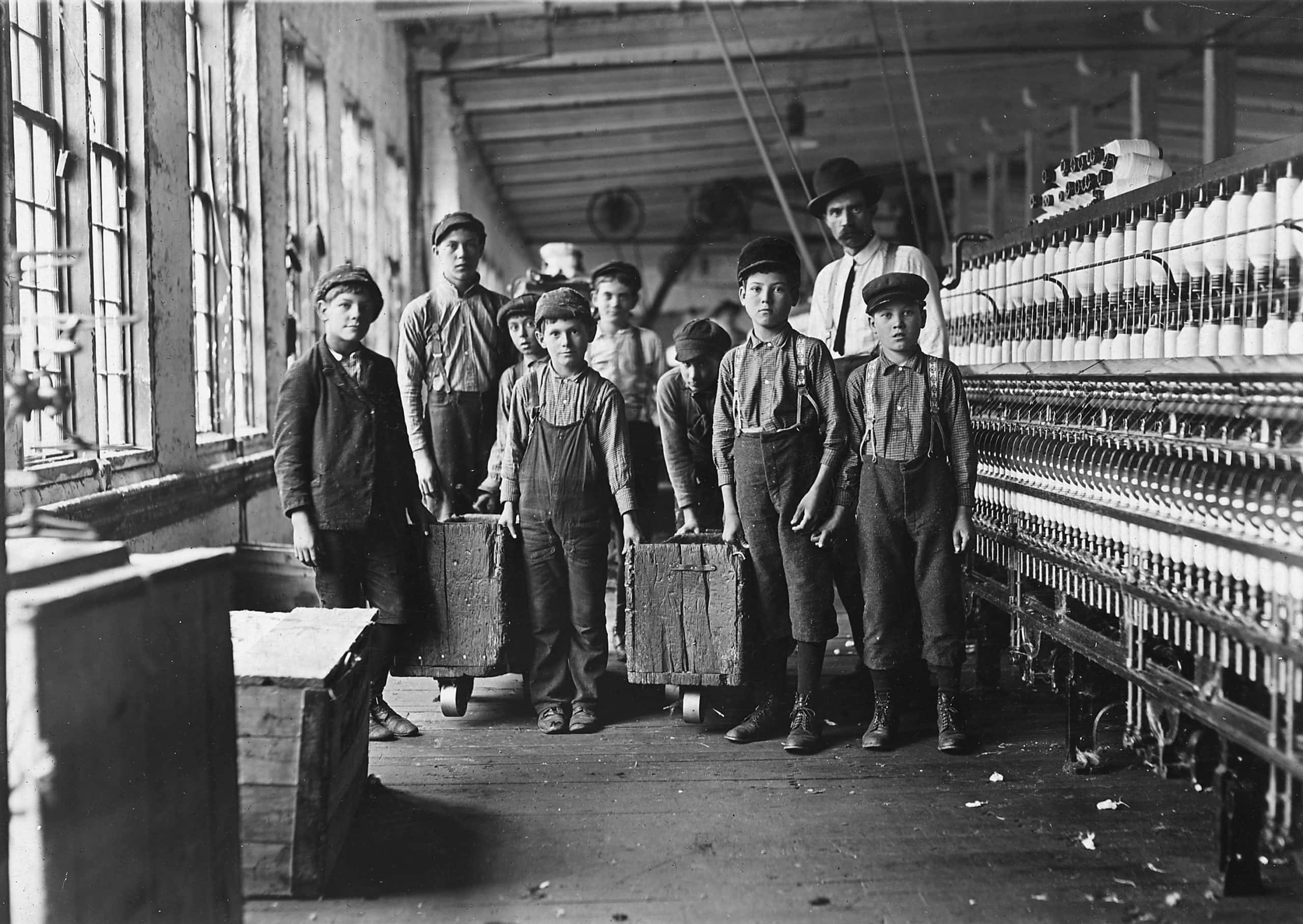
24 Steely Facts About The Industrial Revolution Page 3 Of 25

Socio Cultural The Model T Fostered Industrialization Leading To The Rise Of Organized Labor Movements Workers M Industrial Revolution Factory Work History
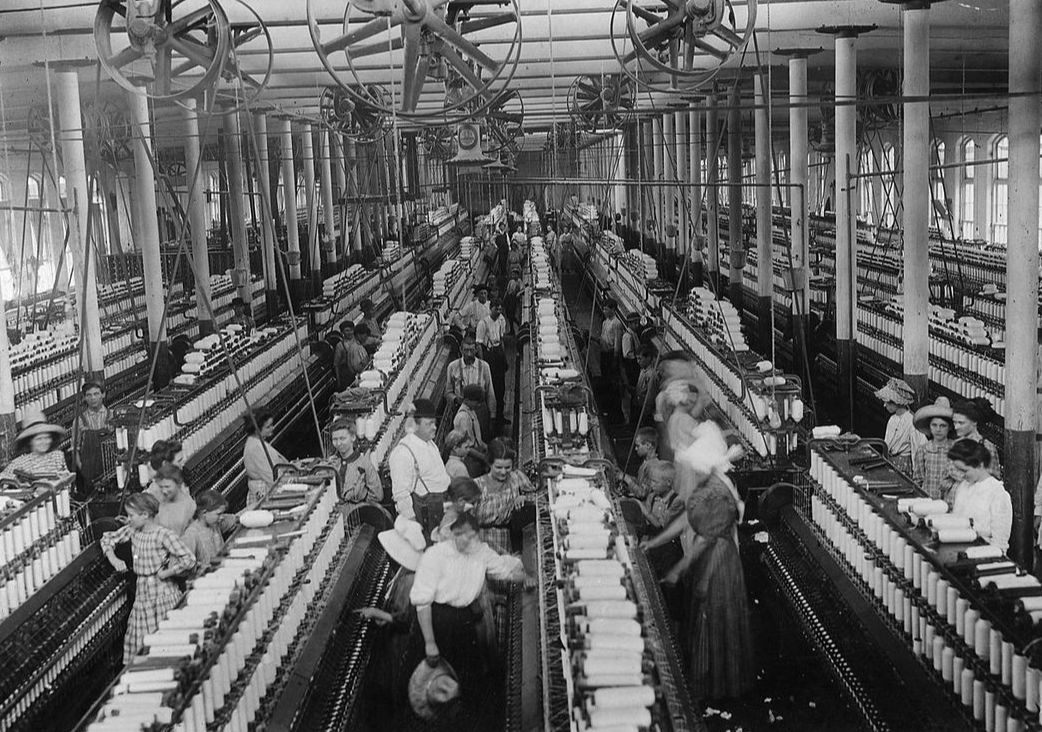
Working Conditions In The Industrial Revolution History Crunch History Articles Summaries Biographies Resources And More
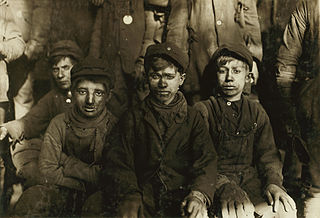
Industrial Revolution Child Labor
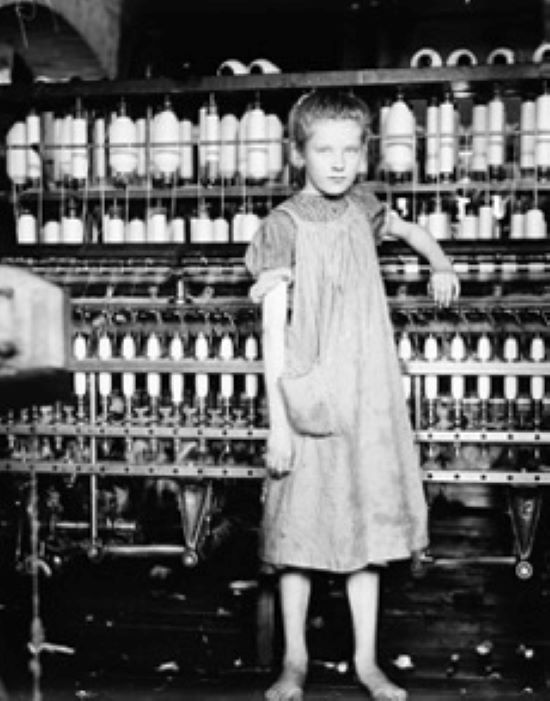
Read Child Labor Article Khan Academy

These Appalling Images Exposed Child Labor In America History
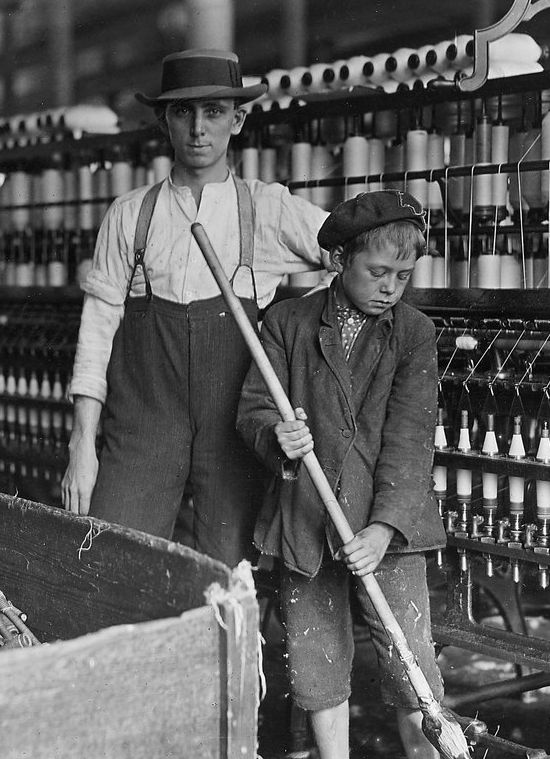
Labor Movement In The Industrial Revolution History Crunch History Articles Summaries Biographies Resources And More

Women And Children During The Industrial Revolution Schoolshistory Org Uk

Industrial Revolution And Child Labor

Child Labor Laws Definition Industrial Revolution History

Child Labor Laws Definition Industrial Revolution History
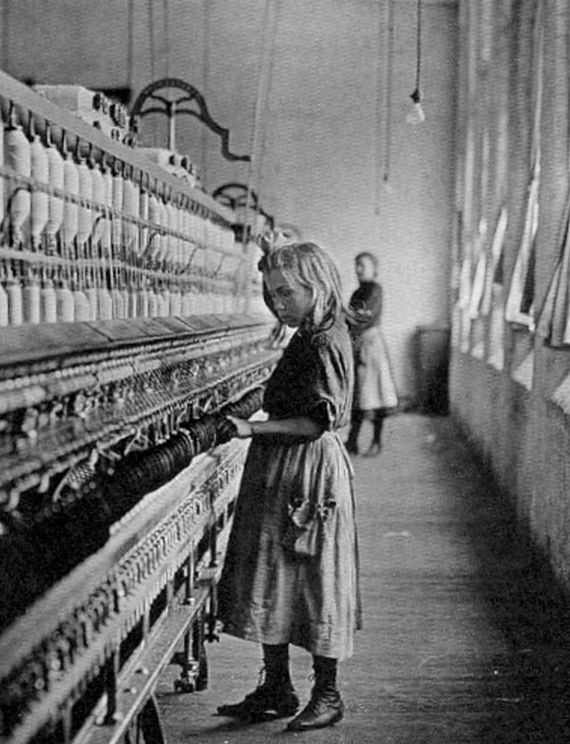
Working Conditions In The Industrial Revolution History Crunch History Articles Summaries Biographies Resources And More

Child Labor In The 1900s Video Lesson Transcript Study Com



Post a Comment for "BRAVO! Why Were Children Put To Work During The Industrial Revolution"